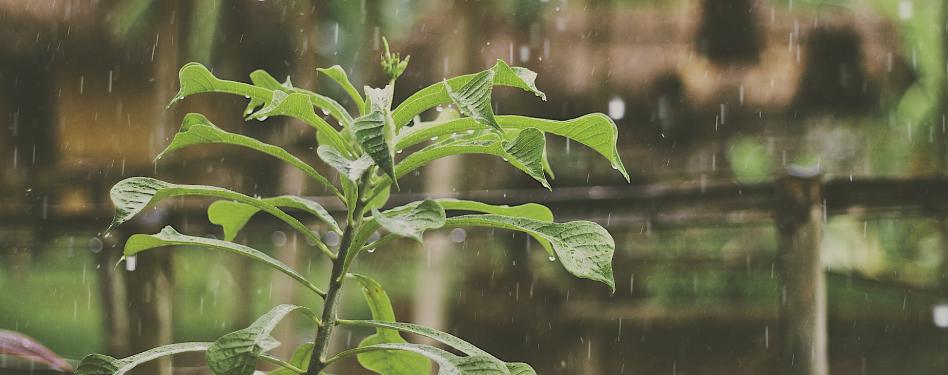
Across the globe, issues surrounding water use, its infrastructure and its quality are abundant. The demand for water in agriculture, industry and in communities is growing rapidly, and it’s becoming more important than ever to implement water treatment, reuse and conservation strategies to preserve this precious limited resource.
Facing infrastructure challenges
The need to conserve water is a growing concern, but in many instances, water is still viewed as a waste product, to be removed from a site as quickly as possible through grey infrastructure like gutters, pipes, pumps and sewers.
Although these methods for water management are intended to prevent flooding by facilitating efficient drainage, they present major side effects for the ecosystem, such as combined sewer overflows, erosion and water pollution. When rainwater flows through traditional methods of water management, it often carries with it residue from pesticides, fertilizers and other harmful pollutants that present contamination risks of creeks, lakes or rivers.
Incorporating water reuse strategies
Water reuse is a key foundation to building a sustainable future. In sustainable land development and in SITES, water (precipitation and other runoff) is viewed as a resource, and thus, it is captured and stored on-site for reuse.
Using green infrastructure strategies like rain gardens, rainwater cisterns and permeable paving, projects can help capture rainfall, divert water runoff from sewer systems and reduce flooding. Strategies like these can help to decrease reliance on traditional grey infrastructure technologies and instead work to address several challenges and goals.
In addition, selecting the right plant for the right place, such as by using native plants, will help reduce water consumption while also fostering regional identity and supporting local habitat.
Leading the way in water management
Consider the SITES-certified Bartholdi Park at the U.S. Botanic Garden and its focus on water management to achieve SITES Gold certification. Located in the heart of Washington, D.C., this one-acre public park uses 10 rain gardens to capture rainfall and allow it to soak into the ground, diverting runoff from D.C.’s combined sewer system.
The rain gardens can accept up to 4,000 cubic feet of water in a 24-hour storm event—which is equivalent to 256 bathtubs of water. The project also reduced the amount of ground paved with impervious surface through the use of permeable paving, which allows rainwater to filter through to the ground underneath instead of flowing into the sewer system.
Sustainable water management practices can be used in various space types, such as the West Laurel Hill Nature Sanctuary in Bala Cynwyd, Pennsylvania. This project, certified SITES Gold, incorporated innovative design and development strategies to help solve water management challenges in a cemetery space.
Native plants require less water to maintain, and a large rain garden allows rainwater to more effectively soak into the ground. The rain garden itself can accept up to 5,700 cubic feet of water in a 24-hour storm event. In fact, no irrigation is required, due to the native plant palette, restored soils and meadow, and forest succession plantings.
Water management practices can be implemented in myriad ways and provide numerous benefits, and the SITES v2 Rating system can help provide you with the framework to effectively manage water on your land development project.
